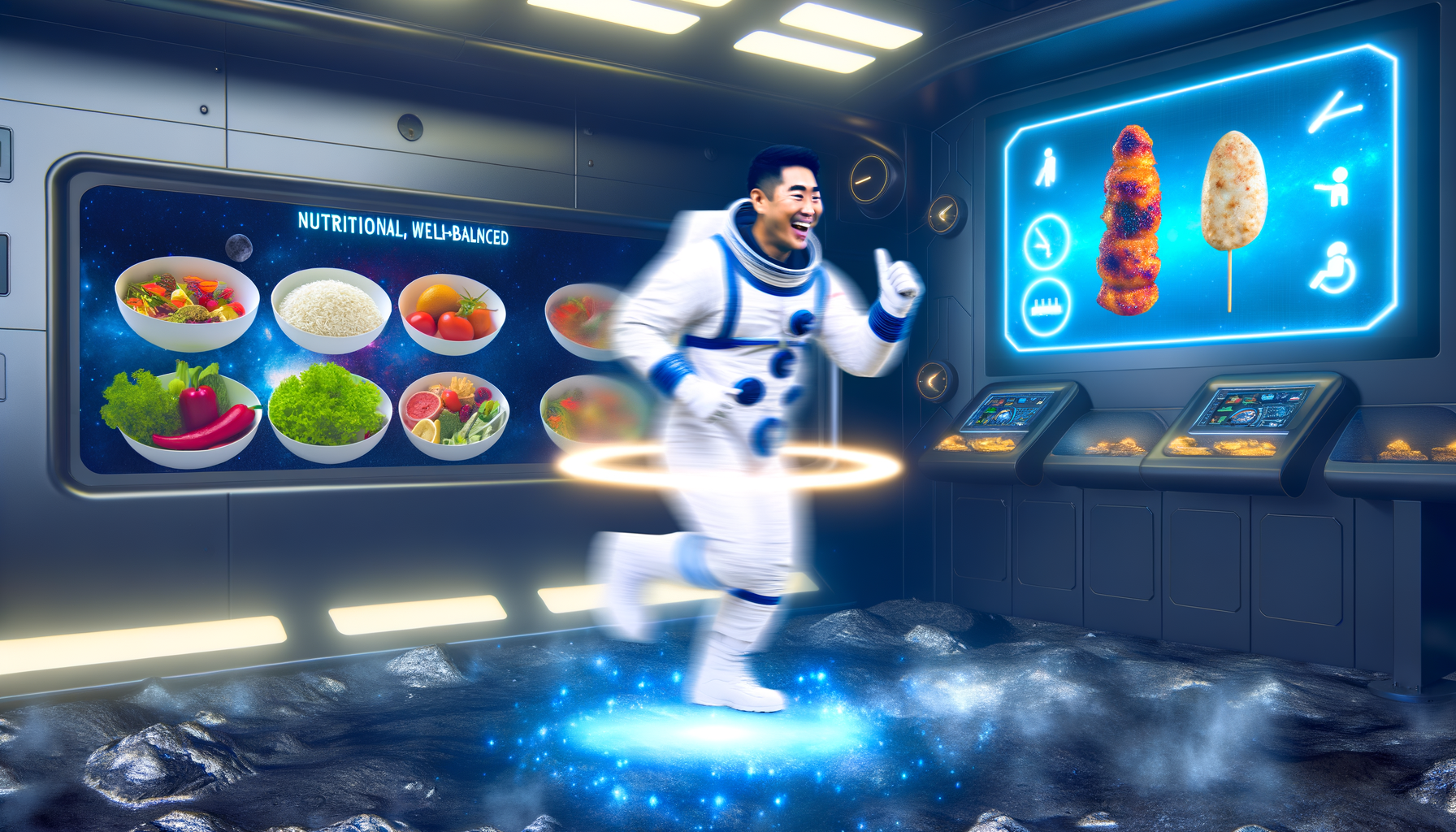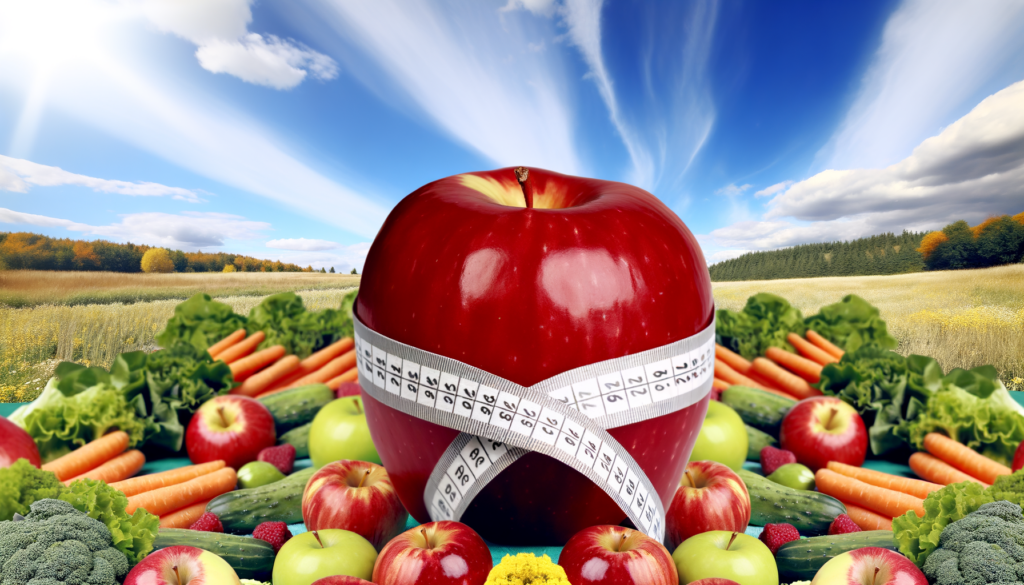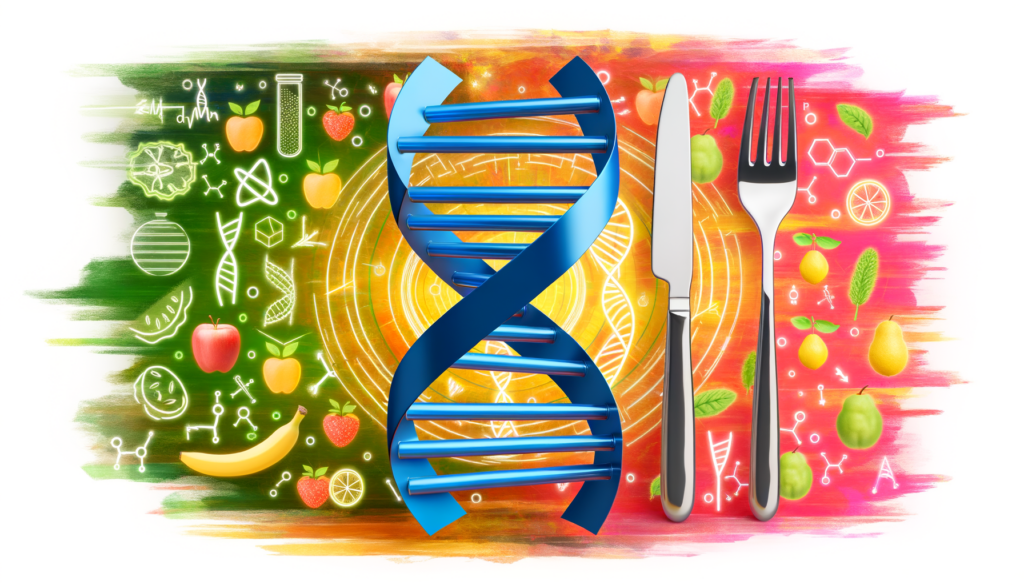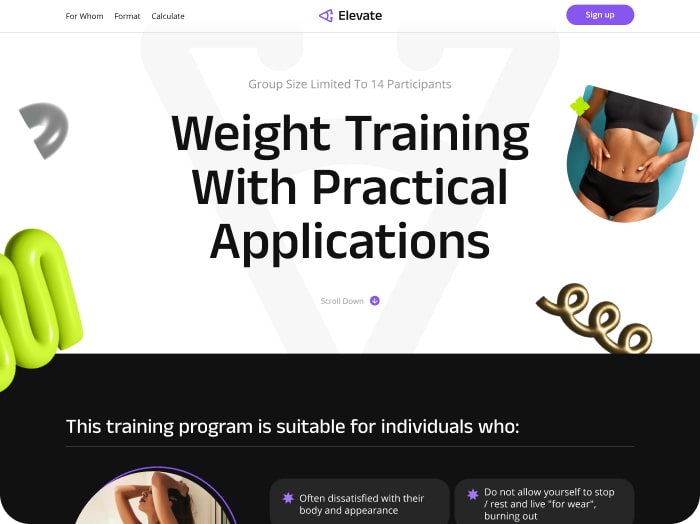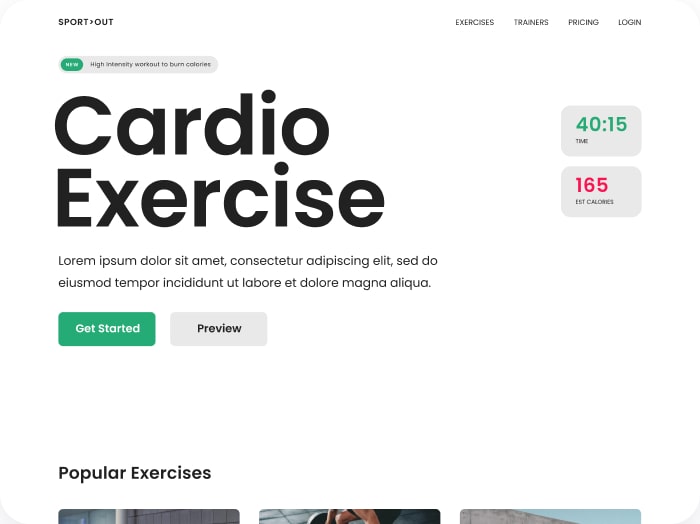As space tourism continues to evolve, the importance of optimizing nutrition and caloric intake for travelers venturing into high-altitude and low-gravity environments becomes increasingly critical. Space explorers, whether they are astronauts or commercial space travelers, face unique challenges that traditional Earth-based diets cannot adequately address. The low-gravity environment, combined with the psychological stress and physical demands of space travel, necessitates specialized dietary strategies to ensure optimal health and performance during missions.
Understanding the Nutritional Challenges of Space Travel
Space travel poses several nutritional challenges, including the need for higher caloric intake due to increased energy expenditure. Astronauts can burn up to 3,500 calories a day, significantly more than the average person, due to the physical and psychological demands of their missions. This increased caloric requirement, coupled with the need for specific micronutrients like calcium and Vitamin C, makes meal planning a complex task. For instance, maintaining bone health in microgravity is crucial, and diets must be optimized to prevent bone density loss. Nutritionists and space agencies like NASA continuously work to enhance dietary strategies for astronauts.
Impact of Microgravity on Body Physiology
In microgravity, the body undergoes significant physiological changes. For example, fluid shifts in the body can lead to sinus congestion, which affects taste perception, making it important for space food to be both nutritious and palatable. Additionally, the unique environment impacts nutrient absorption and metabolism, which can vary between individuals based on factors like gender and age. Therefore, tailoring diets to meet these specific needs is essential. Tools like the Calorie Calculator Cloud can help tailor nutritional advice based on personalized requirements.
Development of Space-Specific Diets
Researchers are exploring ways to optimize meals for space travelers, focusing on nutrient-dense foods that can be grown in space or stored over long periods without spoiling. For instance, a vegetarian salad composed of soybeans, poppy seeds, barley, kale, peanuts, sweet potatoes, and sunflower seeds has been identified as an optimal meal for male astronauts due to its high nutritional value and feasibility for space growth. However, such meals often require supplementation to meet all nutritional requirements. Companies like Mission: Space Food are pioneering innovative approaches to space nutrition, including products like their highly nutritious truffle called ASTREAS.
Optimizing Caloric Intake in Space
Optimizing caloric intake is crucial for maintaining energy levels and overall health during space missions. Studies aim to develop models that accurately estimate caloric expenditure in microgravity environments. This involves using parameters such as spirometry and heart rate data to predict energy expenditure during various exercises. The development of these models will enhance health management strategies for astronauts, ensuring they receive sufficient nutritional support for their missions. For space tourism, similar models could be adapted to cater to the diverse needs of commercial travelers.
Technological Innovations in Space Nutrition
Technological advancements play a crucial role in improving nutrition for space travelers. For example, NASA’s experiments with growing crops in space, such as tomatoes, highlight the potential for sustainable food production in space. Furthermore, innovations like the development of 3D printed food could provide another means to ensure a reliable food supply for long-duration missions. These technological breakthroughs, combined with nutritional research, pave the way for efficient and sustainable dietary solutions in space.
Future of Space Nutrition and Tourism
As space tourism gains momentum, the challenge of providing adequate nutrition for travelers becomes a critical aspect of mission success. Space agencies and private companies are collaborating to develop sustainable food systems that not only meet nutritional needs but also provide palatable and psychologically uplifting meals to counteract the stresses of space travel. For future missions, like those to Mars, developing in-situ food production capabilities will be essential. Additionally, considering the psychological impact of diet on travelers, meals must be culturally diverse and tailored to individual preferences, much like how dietary programs on Earth use personalized approaches to nutrition.
Cultural and Personalized Nutrition in Space
Cultural preferences play a significant role in dietary satisfaction. As space tourism expands, accommodating diverse tastes and dietary restrictions will be crucial for ensuring the well-being and satisfaction of travelers. Nutritional research must integrate these cultural considerations, ensuring that space meals not only provide nutritional balance but also satisfy personal preferences. Companies like Blue Origin and SpaceX are at the forefront of this new frontier, with their space tourism endeavors likely to benefit from advancements in space nutrition.
Conclusion and the Path Forward
In conclusion, the field of space nutrition is rapidly evolving to meet the challenges posed by high-altitude and low-gravity environments. The integration of technological innovations, nutritional research, and personalized dietary strategies will be key to ensuring the health and success of space missions, whether for astronauts or space tourists. For those interested in learning more about caloric optimization for their own health goals on Earth, tools like the Calorie Calculator Cloud can provide valuable insights. As space tourism continues to grow, the advancements in space nutrition will not only benefit travelers in space but also contribute to healthier and more sustainable dietary practices on Earth.
Explorers and scientists alike are embarking on this journey, fueled by innovations from companies like Mission: Space Food, which combines space science with culinary expertise to address the nutritional challenges of space travel. For a deeper dive into the nutritional strategies for space tourism, visit Calorie Calculator Plans to explore how personalized nutrition can enhance your health journey, whether on Earth or in space.
